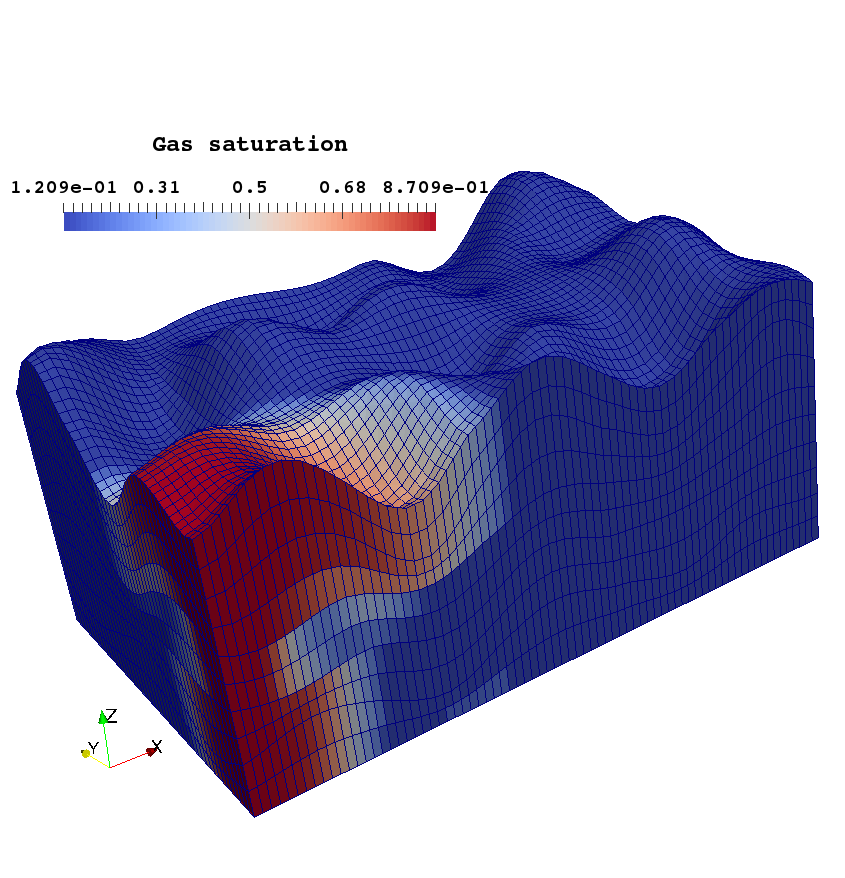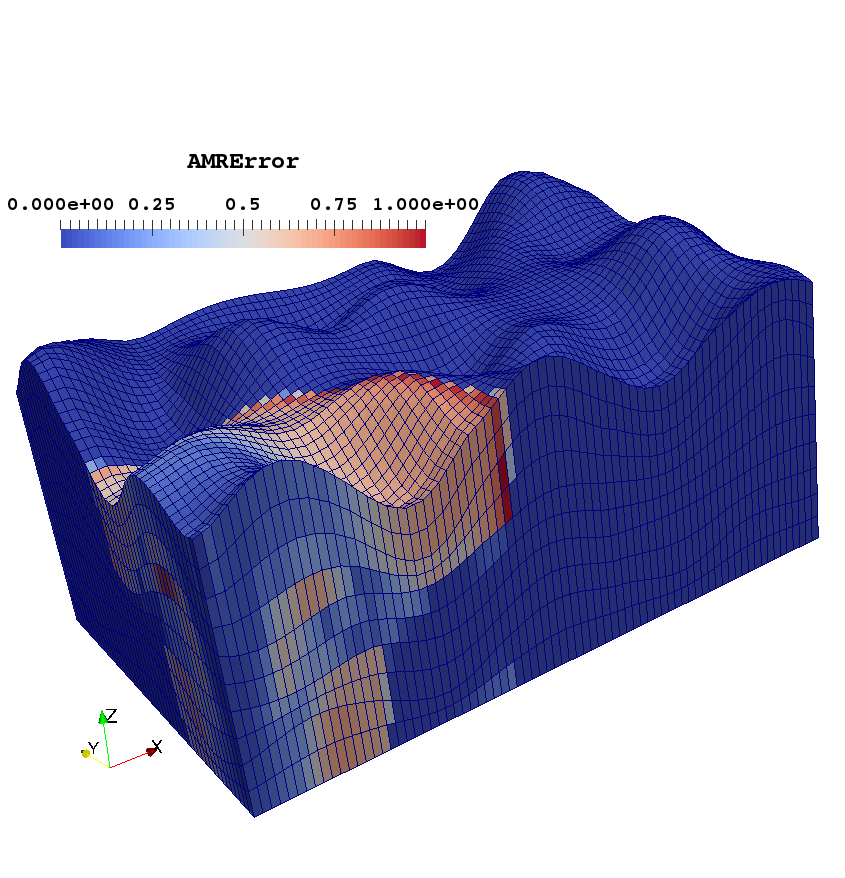Section: New Results
A simple a posteriori estimate on general polytopal meshes
Participant : Martin Vohralík.
Publication: [30]
The recent publication [30] develops an a posteriori error estimate for lowest-order locally conservative methods on meshes consisting of general polytopal elements. We focus here on the ease of implementation and evaluation cost of the methodology based on -conforming potential reconstructions and -conforming flux reconstructions that we develop in the SERENA project-team. In particular, the evaluation of our estimates for steady linear diffusion equations merely consists in some local matrix-vector multiplications, where, on each mesh element, the matrices are either directly inherited from the given numerical method, or easily constructed from the element geometry, while the vectors are the flux and potential values on the given element. This is probably the smallest computational price that one can imagine. We next extend our approach to steady nonlinear problems. We obtain a guaranteed upper bound on the total error in the fluxes that is still obtained by local matrix-vector multiplications, with the same element matrices as above. Moreover, the estimate holds true on any linearization and algebraic solver step and allows to distinguish the different error components. Finally, we apply this methodology to unsteady nonlinear coupled degenerate problems describing complex multiphase flows in porous media. It leads to an easy-to-implement and fast-to-run adaptive algorithm with guaranteed overall precision, adaptive stopping criteria, and adaptive space and time mesh refinements. An example of its application to a complex porous media flow (three-phases/three-components black-oil problem) can be found in Figure 4.



